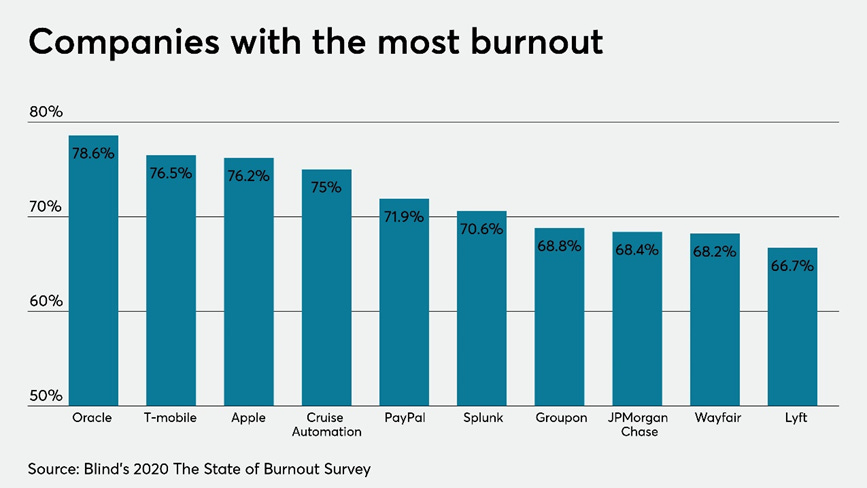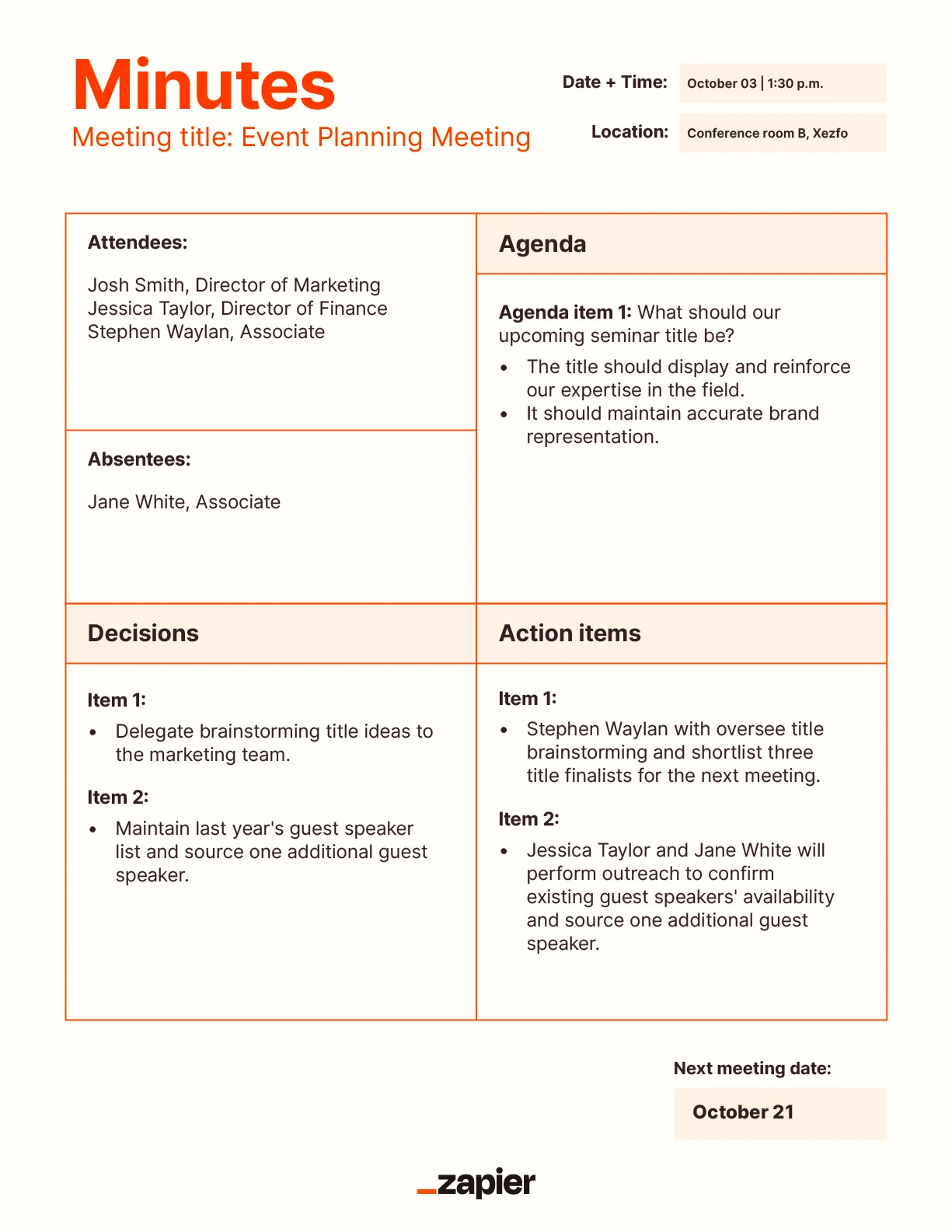The "Process Burial" ritual is a must
Here’s a quintessential step that plays a cricual role in continuous improvement & is yet ignored by leaders across teams, geographies & org. types…
There are tons of examples & insights one can glean by just observing the people, things, situations around us. The actions, choices leading into those reactions, results are a great way to learn. And whilst doing that, the one thing that ought to be pretty evident is how nobody has ever managed to get better & reach the pinnacle of consistency by chance / fluke, nothing happens overnight / in a flash. The more coveted the results, the more perfect things appear, the more corrections, learning, factoring in & improving one may have undergone, albeit regressively.
But over my interactions with a few product leaders in the recent past I learnt of a rather not-so-good pattern that seems to have been resident for years now & yet nobody seems to be talking enough about.
Chasing excellence ought to be a given, yes. But there are a few fine layers that one often tends to condone when they talk of processes & stuff like continuous improvement / consistency / optimization & that’s what I call trivially the burial, aka Reorg.
[I’ll get there in a moment]
Process improvement is spoken about even today in the same fervor as much as it used to be about a decade and a half back. But here’s the thing. Pick any corporate team that has implemented these initiatives targeting continuous improvement & happens to be following it meticulously today & ask their employees to rate their satisfaction levels. The resultant may most certainly paint a gloomy picture.
As a follow-up, if you question them about what they hate about their jobs you can be sure to hear a lot about the process itself & how each of them can’t help but feel totally overburdened by it. The one important thing that leads to this is how most processes are bloated / stuffed with more steps right from the time of inception, which is mandatory as one may argue.
But, when someone who is taking ownership of the process seems to understand the importance of revisiting, gauging the progress vis-à-vis the end-goals & periodically adding more steps towards improving it, only a handful of them (which is ~ < 1%) seem to understand the importance of purging / doing away with a few of those steps that may have lost relevance over a period of time…, which essentially accounts to a BURIAL of those steps pertaining to a given PROCESS.
A quaint analogy:
Consider those sprinters / long distance runners who consistently win marathons. The ones who are athletic in build have the ability to be more agile (not referring to “Agile” - the process) & run the fastest, not to mention the longest as well. So, the importance of doing away with a few steps or even integrating / combining them craftily into the existing ones / even automating the ones that make sense could act as a win-win for the teams in concern.
There could be many of these redundancies if leaders look closely. Let’s consider a few examples here to get more familiar with the idea of reorg. & why it could end up being so crucial in (2025) today’s scheme of things:
1. Daily Standup
There are a few reasons why something like a Daily Standup was set in & meant to be followed as a ritual, some of them are:
to share the progress made over the week to all the other team members / stakeholders
to bring those blockers out in the open so as to allow better collaboration & brainstorm best approaches
to cross check & ensure realignment with the priorities in case there are any changes major / minor
Although the manifesto suggests a 10-member team at the MAX, I am sure there are many orgs. that have overshot that limit by 50% to say in the least. Well, that could be the need of the hour there & the other thing that the manifesto quotes is, to be open to chop & change as suitable.
But, just get into the MATH:
1 person spends 2 minutes on each of those sections / column headers there
6 minutes per person in total at a bare minimum, with a buffer (~5 mins) allotted towards the deeper exploration of problems
for a 15-member team that could easily consume 90+ minutes (~2 hours), which could also overshoot that number if one isn’t mindful of the time ticking, again demanded by the situation entirely
Now, this is a great candidate for a REORG.
When it makes total sense for problems / blockers to be discussed here, it doesn’t make sense for someone to spend time traversing the entire quantum of work one finished over the week that went past & what they intend to achieve over the forthcoming week.
That could be documented separately at the individual’s end & could be brought up over a slide if need be, just to build clarity. And as for the reporting manager having a grip over the team’s outputs, that could again be done over e-mails & certainly doesn’t need to be a part of the Daily Standup.
The effective use of BURNDOWN charts depicting where the teams stand today as for progress ought to work as a great add-on in these meetings so as to clearly mention how are they are from the immediate goal so that everyone takes notice of it.
What did we achieve by strategically choosing to bury some sections here? A lot indeed. Here are a few of them:
Tons of time saved over every one of those meeting
Improved focus given how the meeting focuses on problems
Teams work on high-fidelity tasks & tries their best to resolve issues nipping them in the bud
Overall improvement in productivity
Better deliveries, improved release cadence & more happy users
2. MoM (Minutes of Meeting)
It is also a common practice for someone to build a MoM & share it with the entire team over an e-mail or put it over a shared drive in the worst case, as that could be the only time someone looks at the document & with a high probability that the person preparing it would be the only one accessing it over & over again.
This is again a great candidate for a RE-ORG given the time it takes to build & also that it could be the most neglected document ever.
As a meeting happens, an AI tool with (STT – Speech to Text) could be employed to translate the verbatim to script & store it against each of the team member’s names. Data thus compiled could be shared with the reporting manager / PO / PM / other stakeholders as relevant. Again, summarization tools could be employed to pick up & highlight the issues / problems sorting them over criticality.
What did we achieve by strategically choosing to bury some sections? Let’s run through:
Tons of time saved over preparing, reading through & making sense of the documents over as much as a simple click
Reporting managers, stakeholders save time with AI taking over & doing a major portion of the work in terms of sense building with regard to the work
Stakeholders can cross check the team for alignment & reshuffle as necessary without wasting too much of time
Overall improvement in productivity given how team members could get their acts together & focus on deep work
FAIR WARNING:
The examples here are in no way is to be construed as a foolproof way to cutdown on times taken & optimize for team productivity thereof. When the strategy mentioned here may work for really mature teams, it could still be better for you to follow the rituals according to the book / manifesto if your teams happen to be relatively young.
But truth be told, there are tons of places to look for & earmark snippets of work that have been integrated into the team’s workflow under the header called “process” which could be suited / use a REORG / a Burial.










Rightly put. Ages ago, we were hearing a lot obout something called as lean-sigma, this was a very popular term and this spoke about the same thing. Where can we eliminate wasteful, process to speed things up ...